When it comes to enjoying a great cup of coffee, factors like bean selection, roasting, and brewing methods are crucial. However, one aspect that often gets overlooked is the type of grinder you use. Did you know that your grinder can significantly influence the flavor of your coffee? In this article, we’ll dive into the different types of coffee grinders, their characteristics, and how to choose the right one for your needs.
From user-friendly manual grinders perfect for beginners to convenient electric grinders that make the process a breeze, there are plenty of options available. By understanding the unique features of each type, you can find the grinder that best suits your style, enhancing your coffee experience. So, let’s take the first step toward enriching your coffee journey.
- The Impact of Grinders on Coffee Flavor
- Features of Manual vs. Electric Grinders
- The Relationship Between Brewing Methods and Grinders
The Importance of a Grinder in Unlocking the Charms of Coffee
When it comes to enjoying coffee, several factors come into play, but the type of grinder you use is particularly crucial. A grinder is a tool for grinding coffee beans, and the grind size and method can significantly alter the flavor of your brew. Even beginners can brew a more delicious cup by understanding the role and features of a grinder. Let’s take a closer look at how a grinder impacts the flavor of coffee.
How a Grinder Influences Coffee Flavor
The flavor of coffee is influenced not only by the type of beans but also by how they are ground. Different types of grinders can produce a more uniform grind or allow you to adjust the coarseness, so it’s important to choose wisely. For example, finely ground coffee extracts quickly and can lead to a more bitter taste, while coarsely ground coffee tends to bring out sweetness and acidity. Choosing the right grinder can completely transform your coffee experience.
For beginners, a manual grinder is often recommended. It allows you to enjoy the grinding process and easily adjust the grind size to your liking. While electric grinders are convenient, they miss out on the delightful aroma that fills the air when you grind the beans yourself. Selecting the right grinder is a crucial step in expanding your enjoyment of coffee.
- The impact of grinder type on coffee flavor
- The appeal of manual grinders and why they’re great for beginners
- Differences and features of electric grinders
What Beginners Should Know About the Role of a Grinder
The primary role of a grinder is to grind coffee beans to the appropriate size. This ensures a smooth extraction process and enhances the flavor of your coffee. The aroma and taste of freshly ground beans are exceptional, and many coffee lovers relish this experience. Even beginners can easily enjoy this pleasure.
Additionally, learning how to use a grinder boosts your confidence in coffee brewing methods. If you love making coffee at home, deepening your knowledge about grinders is essential. Mastering the use of a grinder is the secret to brewing the perfect cup.
- The basic role of a grinder and its importance
- The benefits of enjoying the aroma of freshly ground coffee
- How to use a grinder according to different brewing methods
Understanding Different Types of Coffee Mills and How to Choose One
To truly unlock the flavors of coffee, it’s essential to understand the different types of mills available and select the right one for your needs. There are manual mills and electric mills, each with its own unique characteristics, allowing users to choose based on their lifestyle and preferences. In this article, we’ll explore the charm of manual mills and the convenience of electric mills, helping you find the perfect fit for your coffee-making journey.
The Allure of Manual Mills
Manual mills offer the delightful experience of grinding coffee beans by hand. There’s something special about the moment you grind the beans and the rich aroma that fills the air, making the coffee-making process all the more enjoyable. Additionally, manual mills are relatively affordable and easy to carry, making them an excellent choice not just for home use but also for camping trips or travel.
One of the major advantages of manual mills is the ability to easily adjust the grind size to suit your personal taste. By changing the coarseness of the grind, you can alter the flavor profile of your coffee, allowing for a variety of brewing methods. This hands-on approach lets you truly appreciate the depth and complexity of coffee.
- Excellent cost-performance ratio for manual mills
- Experience the delightful aroma during the grinding process
- Freedom to adjust the grind size to your preference
The Convenience of Electric Mills
On the other hand, electric mills provide a fast and effortless way to grind coffee beans. When you’re busy in the morning or in a rush, the convenience of an electric mill shines through. With just the push of a button, you can grind your beans quickly while maintaining a consistent grind size, which is a significant advantage.
Moreover, electric mills typically produce a uniform grind, ensuring a stable flavor profile. Achieving a consistent grind is particularly important for extracting the full flavor of coffee. Many electric mills also offer grind size adjustments, allowing you to customize the taste to your liking. For those who want a blend of convenience and quality, an electric mill is the perfect choice.
- Convenience of quick grinding for busy mornings
- Achieve stable flavors with a uniform grind
- Adjustable settings for a personalized grind experience
The Relationship Between Coffee Brewing Methods and Grinding
When it comes to brewing coffee, there are numerous methods available, each requiring a specific grind size for optimal flavor extraction. By carefully selecting the type of grinder and the grind consistency, you can significantly enhance the coffee experience. In this article, we’ll explore the grind sizes needed for different brewing methods and how your choice of grinder can impact the taste of your coffee.
Grind Sizes for Different Brewing Methods
Coffee brewing techniques include drip, French press, and espresso, and each method demands a unique grind consistency. For instance, drip coffee is best brewed with a medium grind, where uniform particle size is essential. This ensures an even extraction, allowing you to enjoy a balanced and flavorful cup.
In contrast, French press coffee benefits from a coarse grind. This coarser texture allows for a longer extraction time without resulting in excessive bitterness, creating a smooth mouthfeel. On the other hand, espresso requires a fine grind. The pressure used during espresso extraction increases the surface area of the coffee grounds, resulting in a rich and flavorful brew. Thus, adjusting the grind size according to the brewing method is key to maximizing the coffee’s flavor profile.
- Appropriate grind sizes based on brewing method
- Medium grind for drip coffee, coarse grind for French press
- Fine grind necessary for espresso
The Impact of Grinder Selection on Flavor
The choice of grinder plays a crucial role in determining the flavor of your coffee. By understanding the characteristics of manual and electric grinders, you can enhance your coffee experience. Manual grinders allow you to control the speed and pressure while grinding, making it easier to achieve your preferred grind consistency. This can help in unlocking the full flavor potential of the coffee beans.
Electric grinders are convenient for quick grinding, especially on busy mornings; however, they may lack uniformity in grind size. Depending on the type of beans used, grind consistency can significantly affect flavor, so careful selection and maintenance are essential. Choosing a grinder that matches your brewing method is a critical factor in determining the quality of your coffee.

If you’re interested in this topic, you might also enjoy our article specifically focused on grind sizes: “Exploring the Differences in Coffee Grind: The Appeal of Coarse vs. Fine.” This article provides deeper insights into how grind size affects the flavor of your coffee.
- The impact of grinder selection on coffee flavor
- Enhancing flavor with manual grinder adjustments
- The convenience and caveats of electric grinders
Tips for Maintaining Your Coffee Grinder and Making It Last
To preserve the rich flavor of your coffee, proper maintenance of your grinder is essential. After all, your grinder is a crucial tool that directly influences the aroma and taste of your coffee beans. By performing regular upkeep, you can maintain your grinder’s performance and extend its lifespan. In this section, we’ll explore the best practices for caring for your grinder and important tips for long-term use.
Best Practices for Grinder Care
The ideal time to clean your grinder is immediately after use. This is especially true for manual grinders, where it’s important to remove any leftover coffee grounds after grinding. Neglecting this step can not only alter the flavor of your coffee but also invite mold and pests. For electric grinders, it’s similarly important to clean out any remaining grounds; using a soft brush or a dry cloth is highly recommended.
Additionally, regularly disassembling your grinder for a thorough internal cleaning is key to making it last. For manual grinders, removing the grinding burr and carefully washing it is advised. As for electric grinders, follow the manufacturer’s instructions to disassemble and clean the parts to maintain optimal performance.
- Clean your grinder right after use
- Remove leftover grounds from manual grinders
- Regular disassembly and cleaning are crucial for longevity
Tips for Prolonging the Life of Your Grinder
To ensure your grinder stands the test of time, keep a few important considerations in mind. First, adjust the grind setting according to the type of beans you’re using. Hard or oily beans can put extra strain on your grinder, so it’s vital to choose the right grind consistency. Also, avoid placing your grinder in high-temperature or humid environments; it’s best stored in a cool, dry place away from direct sunlight.
Moreover, if you notice any wear on the blades or parts of your grinder, it’s important to replace them promptly. This is particularly crucial for manual grinders, as worn burrs can lead to uneven grinding, which can negatively affect the flavor of your coffee. By regularly monitoring your grinder and performing maintenance as needed, you can enjoy it for years to come.

If you’re interested in this article, check out “How to Enjoy Coffee at Home: Tips for Making It Even More Delicious” for more insights on enhancing your coffee experience. Along with proper grinder usage, discover various bean selections and ways to enjoy coffee at home!
- Adjust the grind based on the type of beans
- Store in a cool, dry place to avoid humidity
- Replace worn parts promptly to maintain quality
Conclusion
To fully enjoy the rich flavors of coffee, choosing and maintaining the right grinder is essential. By understanding the distinct features of manual versus electric grinders, you can select the one that best fits your lifestyle, leading to a more satisfying coffee experience. Additionally, grinding your beans according to your brewing method and performing regular maintenance are key factors in preserving the delicious taste of your coffee.
We encourage you to use this article as a guide to find the perfect grinder for your needs. Expanding your coffee enjoyment will surely enhance your coffee moments, making them richer and more special.
- Understanding the types and features of grinders is crucial
- Choose the right grind size based on your brewing method
- Regular maintenance is the secret to longevity
Discover your ideal coffee and enjoy a wonderful coffee life! We look forward to hearing your thoughts and questions in the comments!



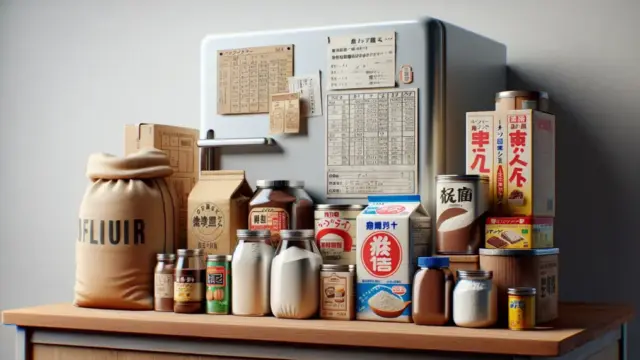
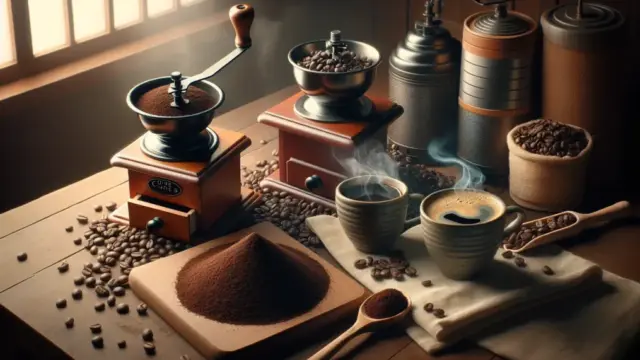

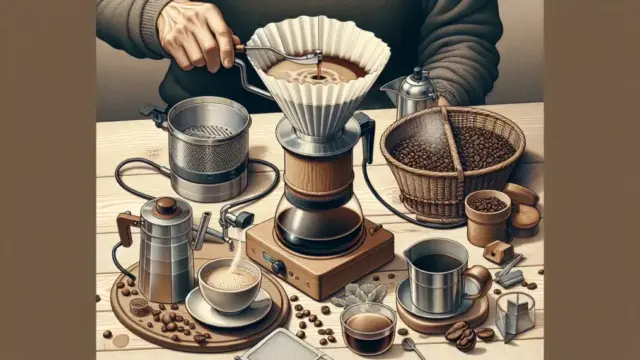




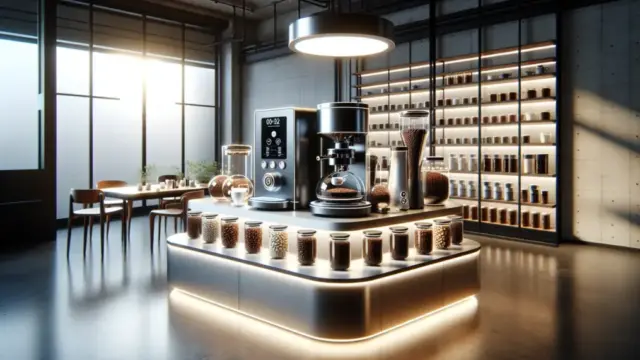


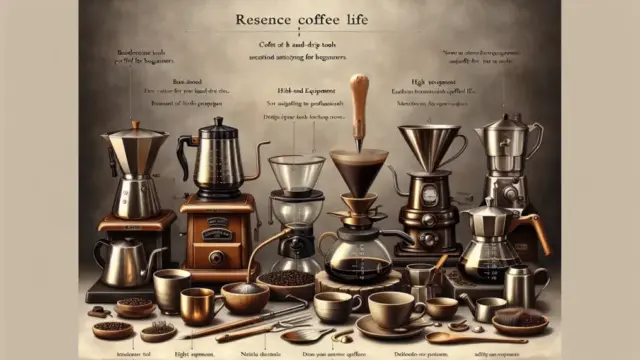












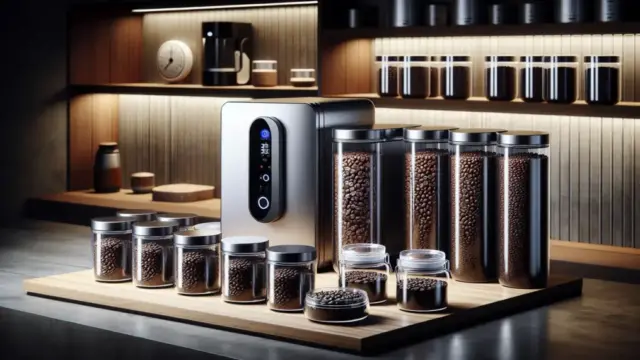
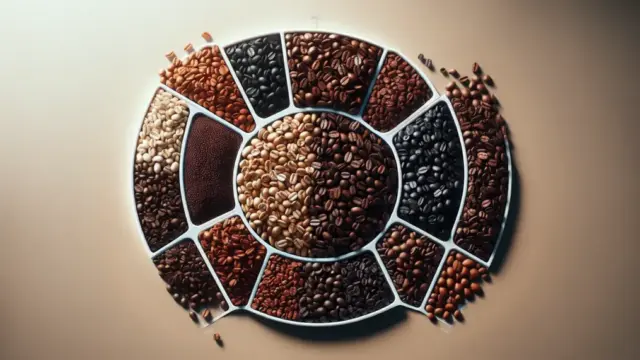
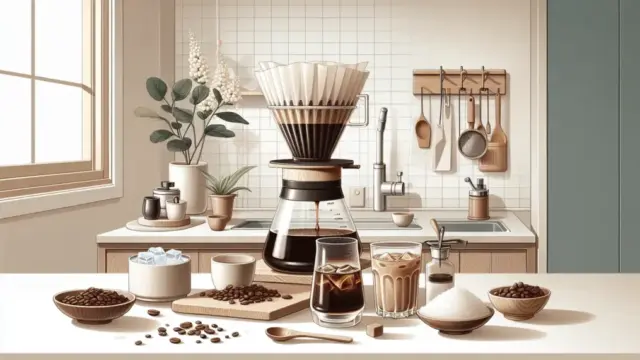









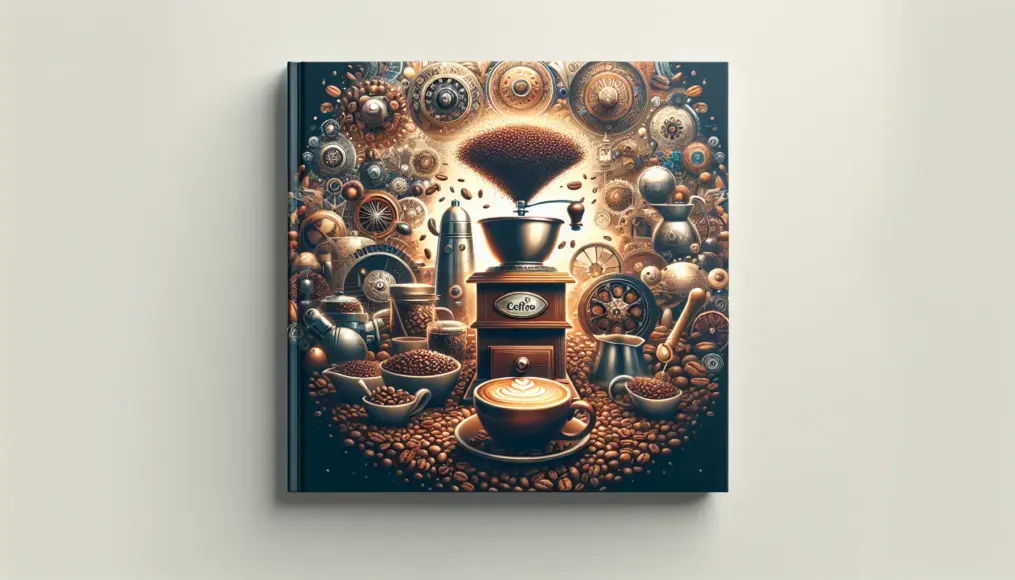
Comment